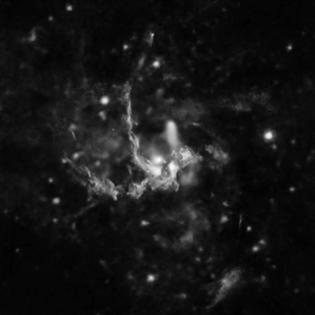Light Up Someone's Life with Knowledge
In this lesson, young people research various types of renewable energy and write a persuasive statement about which energy source their city or county should invest in.
The learner will:
- compare and contrast renewable energy resources.
- write a persuasive statement about adopting a renewable resource locally.
copies of handouts below: Renewable Energy Report and City Council Energy Action Plan
Instructions
Anticipatory Set:
Discuss: We learned that coal and oil are limited resources. When we use them up, there won't be any more left. What other sources of energy are there? What can communities use to light their homes that will always be available without harming the Earth?
Ask them which of these alternative energy sources they would recommend for their community to adopt and why: hydropower, biomass, solar power, wind power, geothermal, tidal and wave energy, green energy.
Since they probably don't know enough to make an informed and responsible recommendation for the common good, tell them they will be doing research to identify the pros and cons of each of these types of energy. Then they will compare and contrast their findings as a whole group.
Discuss what they need to know in order to make an informed recommendation (safety, cost for the community to convert, cost to the consumer, is it available locally, who would do the work, what infrastructure is needed, efficiency).
Assign them to working groups or let them choose by their interest in the type of alternative energy. They may use the handout Renewable Energy Report to guide their group research. Give the groups time to research their one type of energy.
Come back together and have the groups share their research. This may be done by having the groups share verbally or by having groups walk past a summary chart each group creates. When they have heard or read about each type of energy, have a discussion about the pros and cons of each. It may be helpful to create a spreadsheet or Venn diagram to compare them.
Ask them to imagine they have the opportunity to persuade a “city council” that has the responsibility of developing an alternative energy plan for their city to use. Discuss what they would recommend, and what are the persuasive arguments for their choice?
Have them move back in their groups and summarize their arguments for the chosen energy source by completing Renewable Energy Report (handout below). Using these arguments, they write a concise statement of support for their chosen type of alternative energy for their community. They may include language about the community’s responsibility as it relates to using renewable resources. Post these statements for all to read and together compose something to bring to a community audience.
Arrange for the young people to present their collective arguments to the City Council or other groups in the community.
Philanthropy Framework
-
Strand PHIL.II Philanthropy and Civil Society
-
Standard PCS 03. Philanthropy and Economics
-
Benchmark MS.5 Define <i>stewardship</i> as a trust of common resources held by a community for citizens.
-
Benchmark MS.7 Give examples of common resources in the community.
-
-
Standard PCS 05. Philanthropy and Government
-
Benchmark MS.3 Identify the relationship between individual rights and community responsibilities.
-
-
